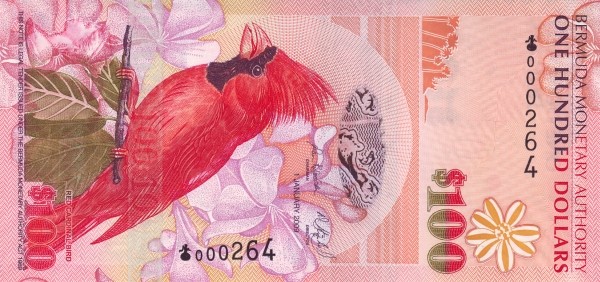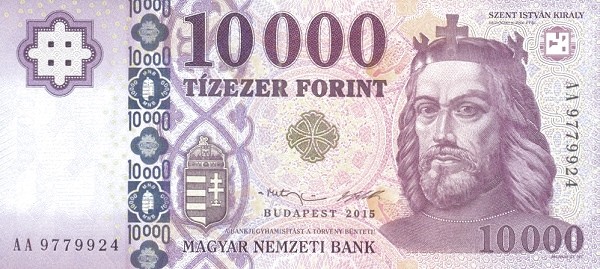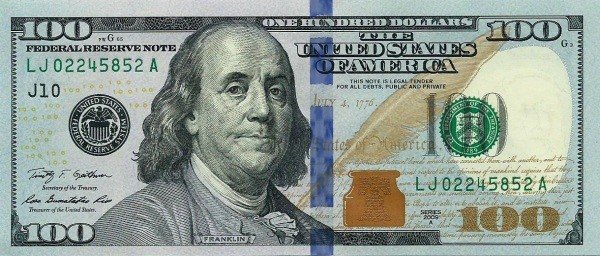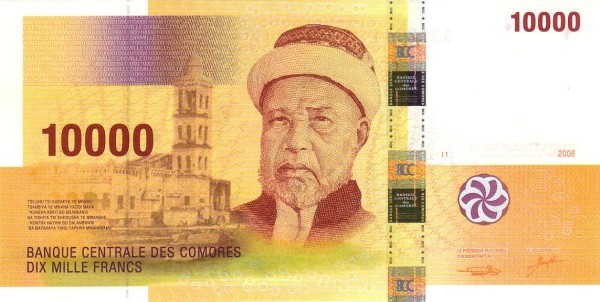Angolan Kwanza
Angolan Kwanza
The Angolan Kwanza is the official currency of Angola. It was introduced in 1999, replacing the previous currency, the Angolan Escudo. The Kwanza is subdivided into 100 smaller units called "Lwei". The currency is issued by the National Bank of Angola and its value is determined by the foreign exchange market.
The Kwanza has faced challenges over the years due to factors such as inflation, political instability, and a reliance on oil exports. However, efforts have been made by the government to stabilize the currency and promote economic growth.
In terms of usage, the Kwanza is widely accepted in Angola for transactions such as purchasing goods and services, paying bills, and making investments. It can also be exchanged for other currencies at banks and exchange bureaus.
Overall, the Angolan Kwanza plays an important role in the economy of Angola and its stability is crucial for the country's growth and development.
Below is the related paper currencies in Angolan Kwanza.
2020 AOA1000
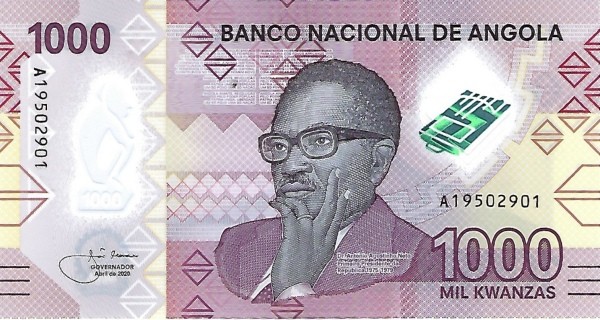
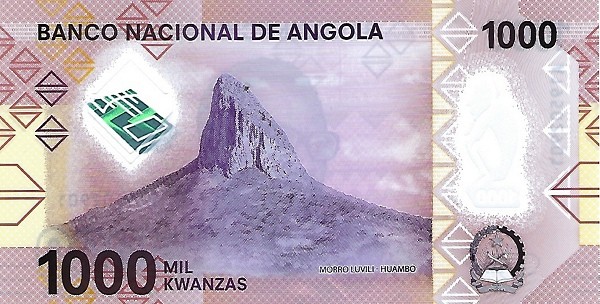
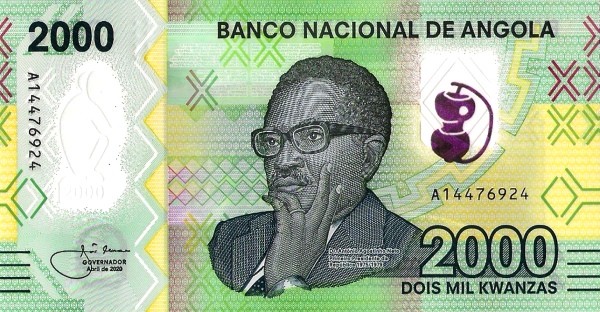
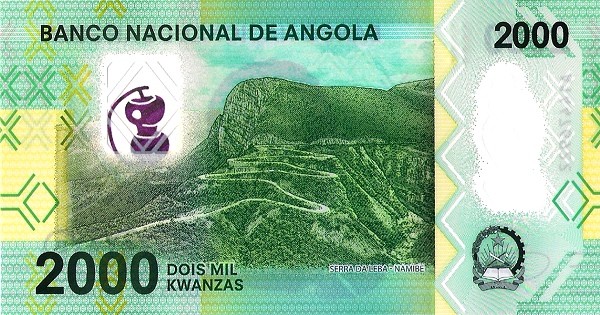
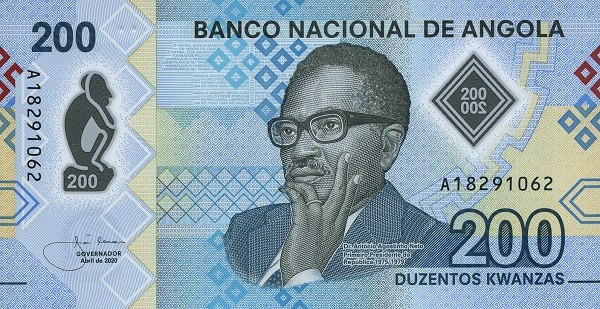
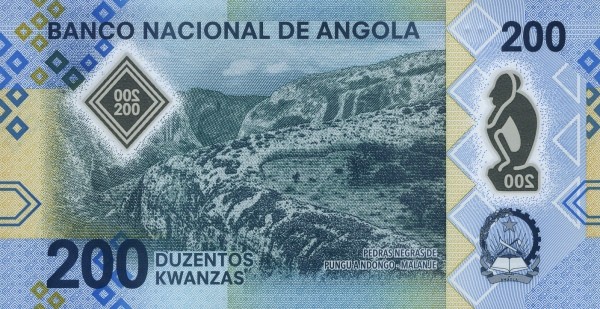
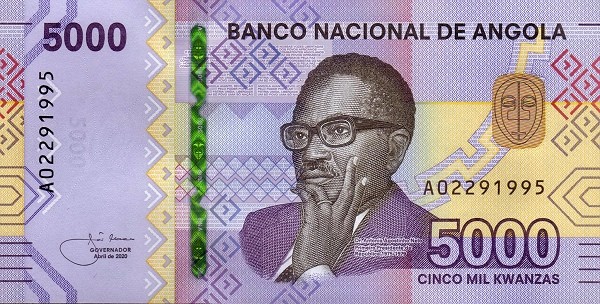
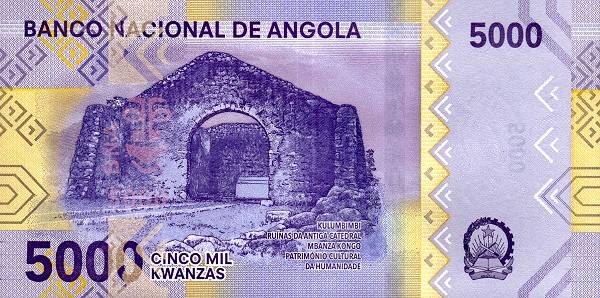
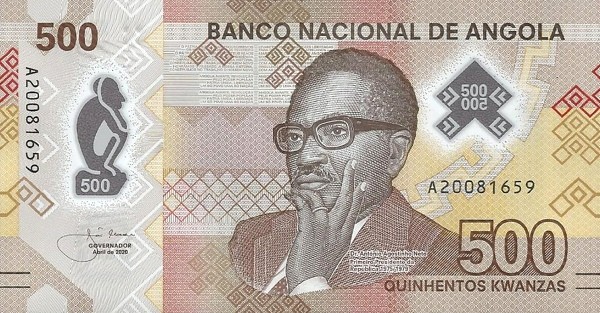
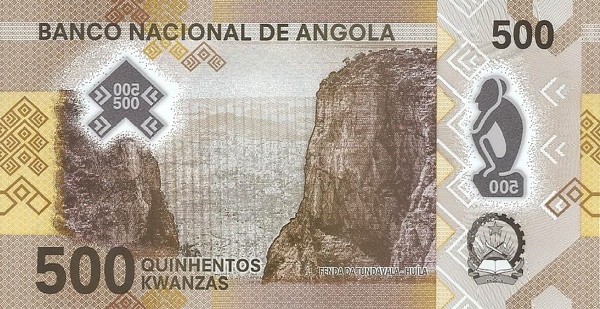
Bermudian Dollar
Bermudian Dollar2009BMD1002009BMD102009BMD202009BMD22009BMD502009BMD5
Hungarian Forint
Hungarian Forint2015HUF100002018HUF10002017HUF200002016HUF20002017HUF50002018HUF500
US Dollar
The US Dollar is the currency of the United States of America and several other countries and territories. It is also the most widely used currency in international trade and finance, and the main reserve currency of the world. Here is a brief introduction of the US Dollar:The US Dollar was
Comorian Franc
The Comorian Franc is the official currency of the Comoros, a small island nation located in the Indian Ocean. It was introduced in 1981 to replace the French Franc, which had been in use since the country's colonial period. The currency is issued by the Central Bank of the Comoros and is available in both paper and coin form. The exchange rate of the Comorian Franc is determined by market forces and is subject to fluctuations. While the currency has faced some challenges in the past, such





